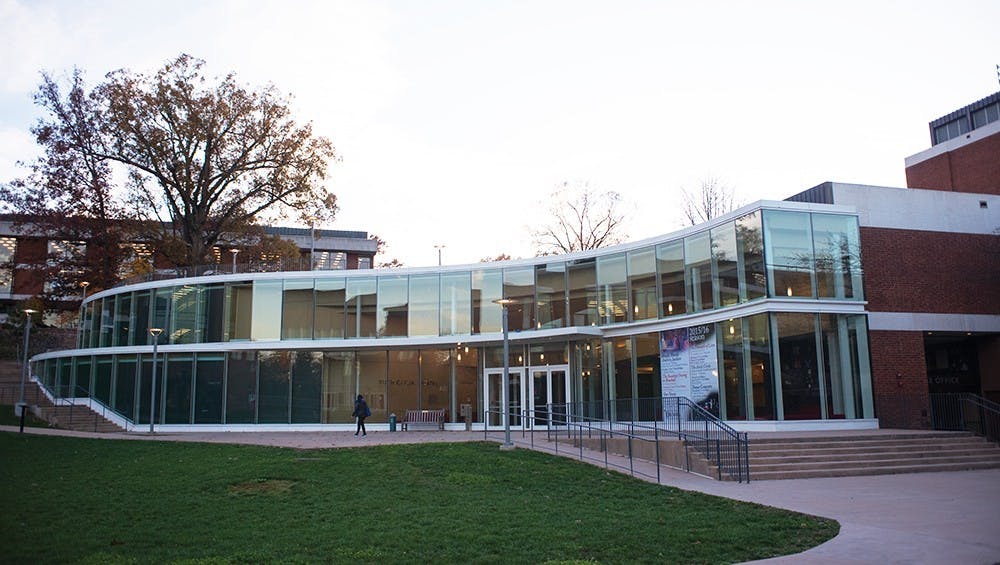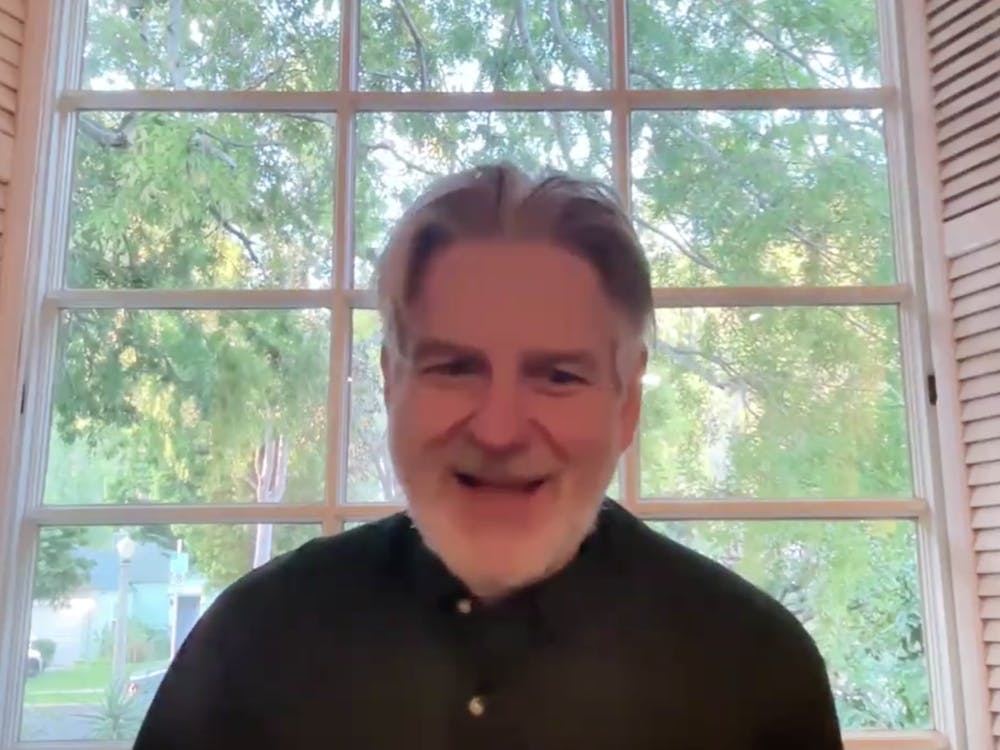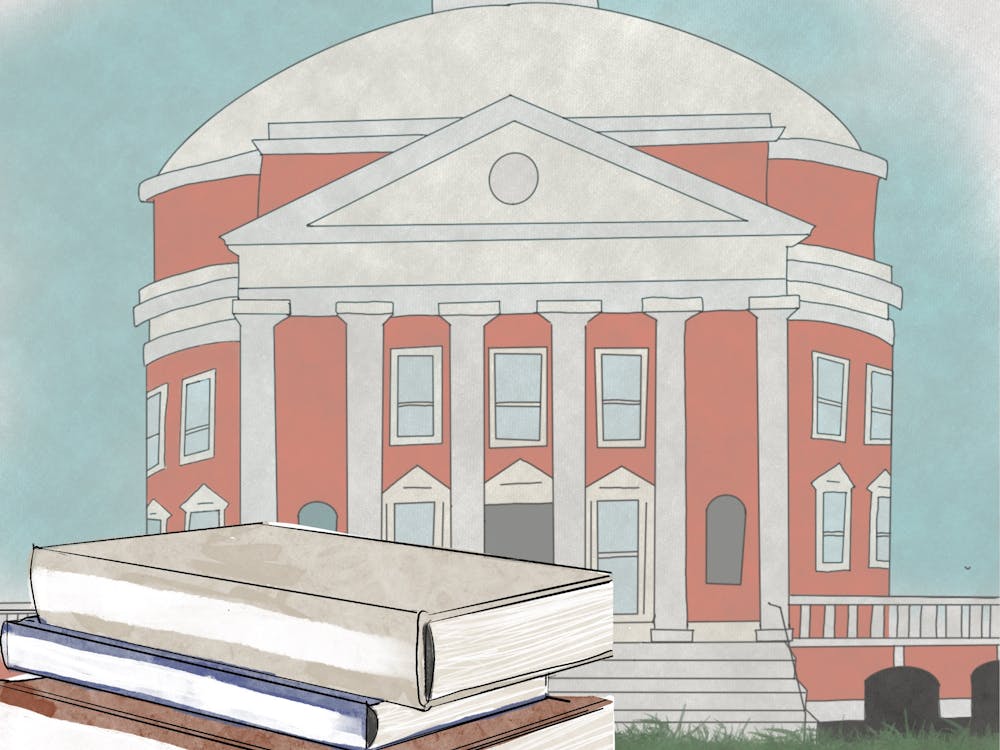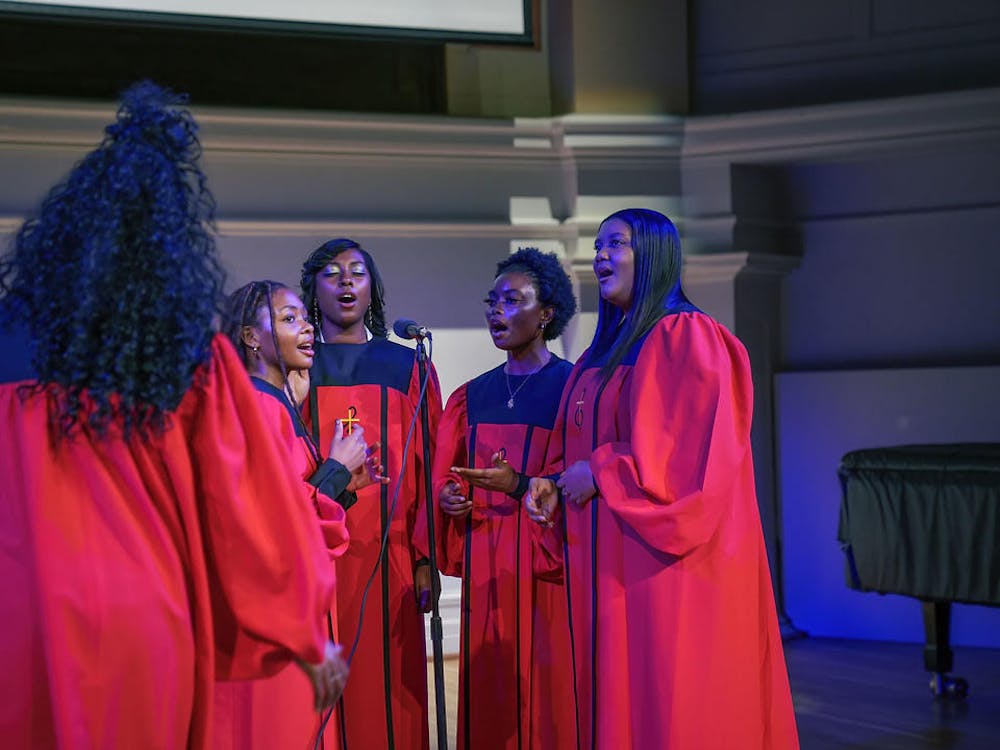Student Council, along with the Office of the Vice Provost for the Arts, the School of Architecture and the Departments of Art, Drama and Music hosted a town hall over Zoom on June 29 to address arts-related concerns and returning to Grounds in the fall. Over 120 people participated in the event, which included brief overviews of each department’s approach to the fall from administrators and a question and answer session.
Administrators who were present to answer questions included Vice Provost for the Arts Jody Kielbasa, Dean of the Architecture School Ila Berman, Art History Department Chair Carmenita Higginbotham, Drama Department Chair Richard Will and Music Department Chair Karl Miller.
Ben Dooley, a rising second-year master’s student in Batten and chair of the Student Council arts committee, began the program with a brief introduction and moderated the event along with Abby Rothenberg, a rising third-year Curry student and vice chair of the Student Council arts committee.
“We are grateful to the administrators at the Town Hall … for their willingness to engage with students and their transparency about what the fall semester will look like, and to the many passionate students and faculty who came to listen, share their concerns, and ask important questions about the fall semester,” Dooley said of the event.
For most of the hour and a half long event, administrators returned to a similar refrain — no one is quite sure how the fall semester is going to look. Department chairs took the opportunity to float some possibilities for fall protocols, but stressed that more information will come with time and will operate alongside University-wide regulations involving testing, social distancing and personal protective equipment.
“The objectives for us are basically to ensure … the health and safety of the students while not compromising in relation to our aspiration to deliver an incredibly robust program for the students and maintaining academic excellence,” Berman said.
For activities within the Architecture School, Berman explained that classes may be split into groups and given staggered studio times, virtual reviews and exams will be held online after Thanksgiving break and smaller seminars will be held in person while larger lectures will be online, perhaps with in-person discussions. The school is aiming to develop a “hybrid model” to balance in-person and online learning, and account for any students who will not be returning to Grounds in the fall.
The College of Arts & Sciences announced last week that all discussion sections will be taught online in the fall.
Higginbotham also described a hybrid model for art classes with under 40 students. She addressed concerns about studio art classes, and noted the disparity in online studio art classes versus in-person.
“It’s very difficult to have a studio art class online if you need to use the kiln for sculpture or if you need to be in the darkroom for photography,” Higginbotham said. “We are working with the University to view those courses in studio as almost like labs, and as such they do require an in-person-only structure.”
Higginbotham also addressed the complications that may arise for studio art students who are unable to return to Grounds.
“Of course this is going to have a particular impact on the studio folks who are looking for particular studio classes that they need to graduate but maybe can’t be on Grounds,” Higginbotham said. “We are aware of that, we’re working through it.”
Will described the efforts of the Drama department, particularly in its ongoing assessment of how to use its spaces in the fall. He noted that courses involving dance and performance as well as shop courses present challenges both in terms of social distancing in-person and translating classes to online formats.
Consideration is also being given to the fall performance schedule, which will likely include smaller online events and one large-scale production.
“All of those have to be planned in such a way so that all of the rehearsing, all of the building, everything that goes into making it can be done with people social distancing, and being in properly ventilated and safe spaces throughout,” Will said. “So this is really a challenge.”
Will also noted that time spent on Grounds will be shortened, leaving no opportunity for performances after Thanksgiving break.
Miller echoed the concerns of other administrators in his introduction to the Music Department’s plan for the fall.
“Until we know what we can do with our spaces, we don’t have a lot of answers,” Miller said.
For now, Miller said private lessons are still being offered in person, while ensembles may meet in person if possible and remotely if not. Following a question about auditions, Miller said that some ensembles are considering waiving auditions for returning students, but more information will be available online in the coming weeks.
In response to a question about the marching and pep bands, Miller provided assurances that the Music and Athletics departments are in communication regarding whether student bands will be a part of the football season. This would also raise concerns about effective distancing in stands, on the field and during rehearsals. The University has yet to announce a decision on whether bands or spectators will be allowed to be present for games.
Many questions from town hall participants concerned whether arts resources will be available to students and CIOs in the fall, and to what extent. Answers from administrators came with an asterisk — everything is subject to change — but were reassuring about students receiving support from faculty members, department heads and the University.
Use of space became a recurring topic. Berman revealed that a University assessment has been done of every space across Grounds with capacity information, and that information has been distributed to schools. For the time being, however, scheduling of courses is still unclear — and extracurricular events even more so. For musical endeavors specifically, Miller said Old Cabell Hall is less than desirable in terms of ventilation. Kielbasa noted that more specific information should be available near the end of July.
While the event was marked by an understandable lack of clarity, several participants, including Director of Jazz Performance John D’Earth, also voiced aspirations of reaching across artistic fields to create interdisciplinary works and insist on resources and support from the University as a whole.
“The only response is the arts,” D’Earth said. “That’s the only real certainty, is the arts.”
In reflecting on the event, Dooley voiced similar beliefs.
“Although there remain many unanswered questions and unresolved issues, we are confident that this open dialogue between students, faculty and administrators will lead to a semester that is productive, educational and safe for everyone in the arts,” Dooley said. “In these times of uncertainty and apprehension the arts have brought our school together and been a refuge for pain, hope and joy. Never before have they been more needed, which is why students, faculty and administrators will continue to work together to find creative ways to make art, no matter the circumstances."





